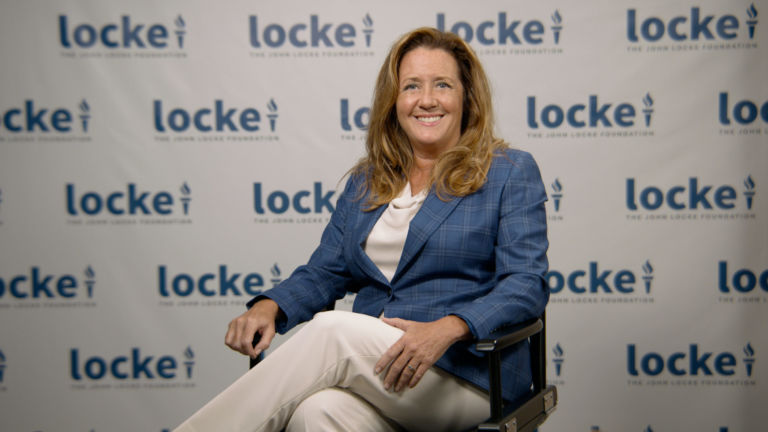Charles Fain Lehman of the Washington Free Beacon reports on new research focusing on the practical impact of policing.
An increase in the number of policemen, driven by an Obama-era boost in federal funding, led to drops in violent and property crime, including a reduction of one murder per every 11 police officers, a new paper argues.
The analysis, authored by Princeton Ph.D. candidate Steve Mello, examines what Mello identifies as a natural experiment in the relationship between the number of police and the rates of crime in a given jurisdiction.
Specifically, Mello focuses on the increase in police funding that came when a newly elected President Barack Obama signed the American Recovery and Reinvestment Act into law, allocating some $2 billion to the Department of Justice for police hiring grants, mostly through the Department’s Community Oriented Policing Services (COPS) program. COPS grants were issued based on a “fuzzy cutoff,” meaning a city’s chances of receiving a grant jumped substantially if its scoring by DOJ (a combination of factors including crime rate and current police force size) passed a certain threshold. That fuzzy cutoff creates two natural groups for comparison: Those that received COPS funding and those that didn’t.
Mello demonstrates that, while “high and low scoring cities follow[ed] similar trends in police and crime prior to the application year,” cities above the threshold saw a 3.6 percent increase in police. This translated into a 4.8 percent decline in violent crimes and a 3 percent decline in property crimes for cities over the threshold, over average, an effect which Mello ties directly to the increase in police.


